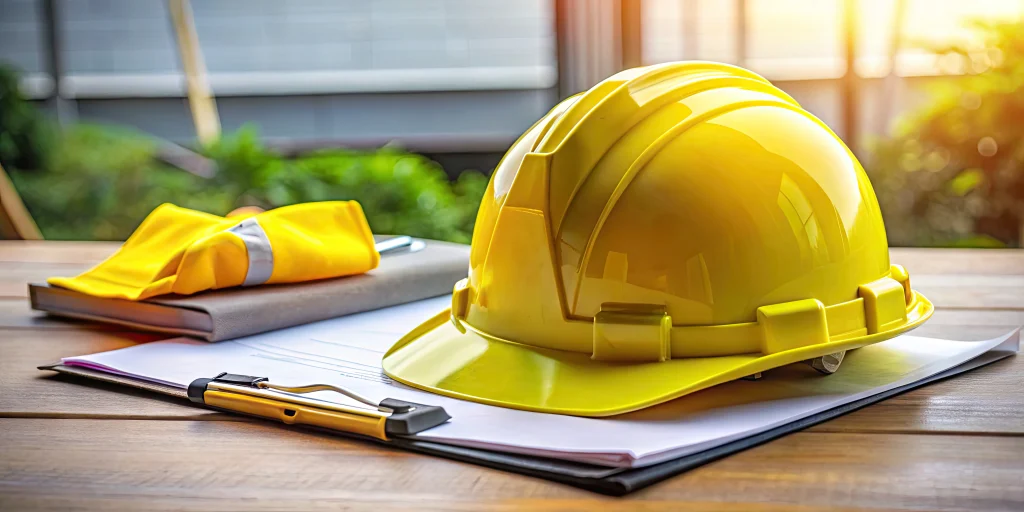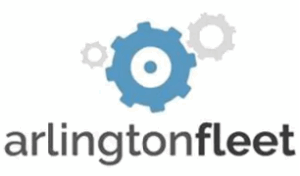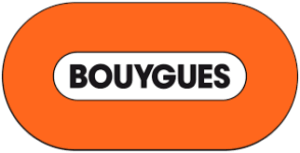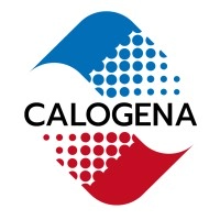Seres Technologies conducts ergonomic analyses and studies into human safety at several CEA sites, including Cadarache, Marcoule and Saclay. These analyses are intended to optimise man-system interactions, improve workstations and bolster operational safety in sensitive environments.
Seres Technologies
Human and Organisational Factors (HOFs) & Ergonomic Design
In the context of continually evolving work environments, replacing the human aspect underpinning processes is a major strategic challenge. Human and Organisational Factors (HOFs) and Ergonomic Design are essential levers in guaranteeing performance, reliability and safety within companies. Seres Technologies adopts a routine, targeted approach that lends itself to improving working conditions while optimising the efficiency of organisations and their technical systems.
The expertise of Seres Technologies in Human and Organisational Factors (HOFs) & Ergonomic Design
Seres Technologies develops customised solutions that rise to the technical challenges organisations face, working user needs into the equation. This approach guarantees the acceptability of solutions, whether this concerns the design of workspaces, equipment or supervisory posts. By drawing on on-site analyses, developing prototypes and conducting user tests, Seres Technologies optimises the worker experience.
The integration of Human and Organisational Factors and Ergonomic Design strengthens organisations’ resilience by identifying existing process failures and analysing past incidents. This approach makes it possible to identify risks, optimise practices and transform these learnings into sustainable organisational improvements.
Examples of support services Seres Technologies offers in terms of Human and Organisational Factors
- Macroscopic analysis (general management provisions) with a view to ensuring the safety of a particular facility
- Analysis of sensitive activities to ensure the safety of facilities and operators
- Socio-organisational and human analysis for dismantling operations
- Assistance with HMI design.
Examples of the support services Seres Technologies provides in Ergonomic Design
- Laying out of workspaces to optimise the safety, comfort and performance of teams
- Adaptation of production tools in complex industries
- Assistance with the design of driving control panels.
Expert Opinion


Do you have a project?
Our teams are here to listen, address your needs, and support you from design through to completion.
Examples of projects carried out by Seres Technologies in the field of Human Factors (HF) and Ergonomics


Ergonomic improvement of tramway driving and control posts
Seres Technologies supports transport operators in the design and optimisation of tramway driving and control posts. The aim is to improve the ergonomics of interfaces, reduce the cognitive load of drivers and ensure optimal comfort, leading to heightened levels of vigilance. The approach is based on in-depth field analysis, usage simulations and user tests in order to adjust the organisation of orders, display of information and accessibility of equipment.
Unlock your potential at Seres Technologies
Joining Seres Technologies means you’ll be joining an international company that operates on a human scale, where a positive, collaborative-focused culture fosters a stimulating working environment. Thanks to the diversity of our projects across a wide range of sectors, each employee has the opportunity to take on ambitious technological and human challenges, developing their skills and contributing to major innovations.
Join our team

Would you like to join our team ? Please send us your resume :
FAQs
Why incorporate HOFs from a project’s design phase?
The early introduction of HOFs allows us to anticipate human errors, optimise man-machine interactions and improve process efficiency. This lends itself to better acceptability for systems and reduces the risks related to particular operations.
How does ergonomic design influence operator performance?
The ergonomic design of workspaces and interfaces reduces cognitive load, fatigue and human error. In critical environments such as in nuclear and defence, this improves operator responsiveness and the overall safety of facilities.
How is the effectiveness of ergonomic design improvements measured?
The evaluation relies on performance indicators such as a reduction in errors, improvement in reaction time, operators’ comfort and feedback from users following the rollout of adjustments.










